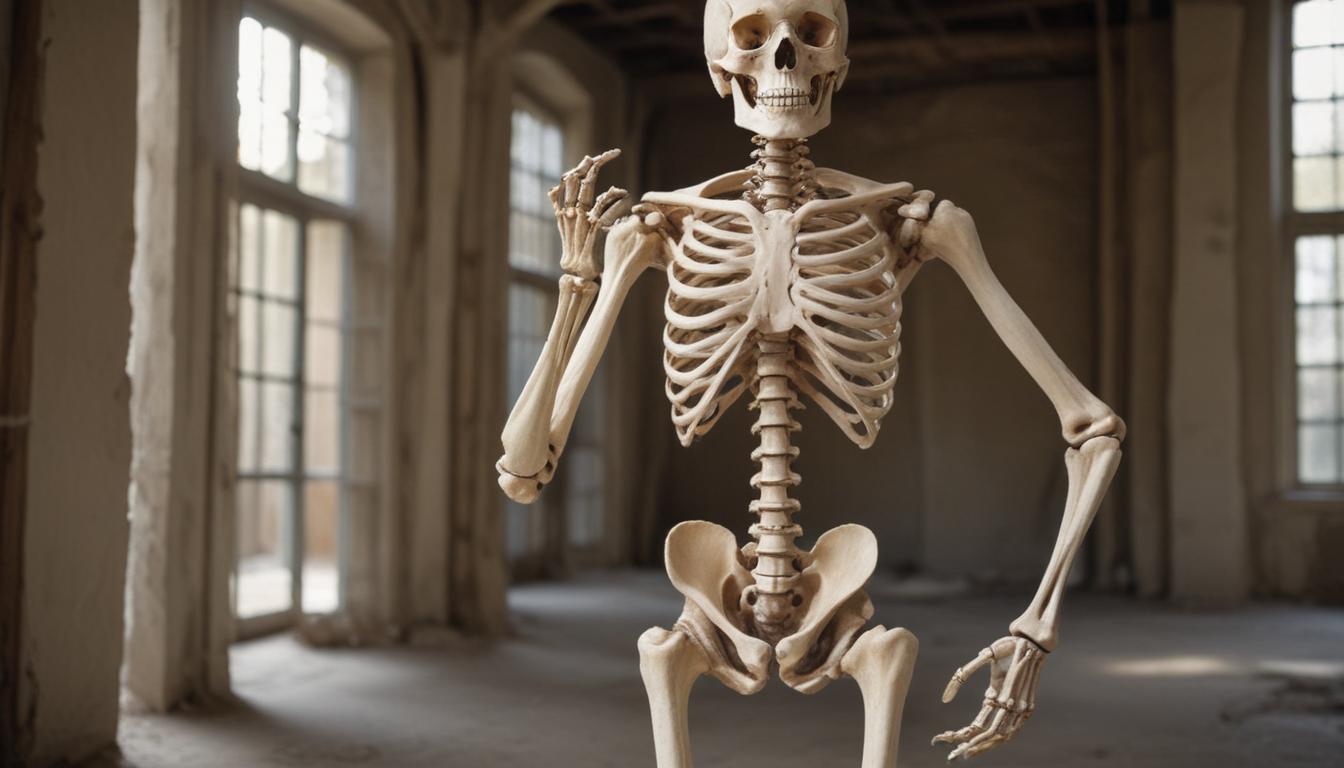Now Reading: Boost Your Bone Health Today
- 01
Boost Your Bone Health Today
Boost Your Bone Health Today

Bone Health Building and Maintaining Strong Bones
We often move through life without giving a second thought to the silent, sturdy framework that supports us. Our bones carry us, protect our vital organs, and allow us to run, jump, and embrace our loved ones. It’s usually only when we hear a story of a sudden fracture from a simple fall, or a concerning diagnosis of osteoporosis, that a sense of vulnerability creeps in. The fear of losing mobility, independence, and the ability to enjoy life to the fullest is a very real concern for many as they age.
The fantastic news is that your bone health is not left to chance. Your bones are dynamic, living tissues that are constantly being broken down and rebuilt. This means you have a tremendous amount of power to influence their strength and resilience, no matter your age. By understanding the key factors that contribute to a strong skeleton, you can take proactive, simple steps today to build a better foundation for a healthy, active future. This guide will show you exactly how to nourish and strengthen your bones for life.
Why Your Bone Health Matters More Than You Think
When we think of bones, we typically think of structure. While providing the body’s framework is their primary job, their role is far more complex and crucial to our overall well-being. Bones are the body’s primary storage facility for essential minerals like calcium and phosphorus, releasing them into the bloodstream when needed for other bodily functions. They also house our bone marrow, the factory responsible for producing red and white blood cells. A healthy skeleton is fundamental to a healthy body.
Our bone-building years are most active during childhood and adolescence, culminating in what is known as “peak bone mass” by around age 30. Think of this as your bone bank account; the more you deposit in your youth, the more you have to draw upon later in life. After reaching this peak, the focus shifts from building new bone to maintaining existing bone density and slowing the natural rate of decline that comes with aging. Whether you are 25 and building your peak mass or 65 and working to preserve it, the principles of bone health remain critically important.

The Cornerstone Nutrients for Unbreakable Bones
Food is medicine, and this is especially true for your skeleton. Providing your body with the right raw materials is the first and most important step in maintaining bone density. While many nutrients play a role, two stand out as the absolute superstars of bone health.
Calcium The Building Block
Calcium is the primary mineral that gives bones their hardness and strength. Without sufficient calcium, the body will pull what it needs from your bones, leaving them weaker and more porous over time. Ensuring a steady supply of calcium through your diet is non-negotiable for building and preserving bone mass. While dairy products like milk, yogurt, and cheese are well-known sources, a wealth of non-dairy options are also available.
To boost your intake, incorporate dark leafy greens like kale and collard greens, canned sardines and salmon (with bones), fortified plant-based milks, tofu made with calcium sulfate, and almonds into your meals. Spreading your calcium intake throughout the day, rather than consuming it all at once, can help improve absorption and provide your body with a consistent supply of this essential building block.
Vitamin D The Essential Partner
You can consume all the calcium in the world, but it won’t do your bones much good without its essential partner, Vitamin D. This unique vitamin acts as a key, unlocking your body’s ability to absorb calcium from your intestines and deposit it into your skeleton. A deficiency in Vitamin D means that even a calcium-rich diet can fall short, as your body simply cannot utilize the minerals you are consuming effectively.
The best source of Vitamin D is direct exposure to sunlight, which prompts your skin to produce it naturally. However, factors like location, season, skin tone, and sunscreen use can make it difficult to get enough. Food sources are limited but include fatty fish like salmon and mackerel, egg yolks, and fortified foods like milk and cereals. Due to the challenge of obtaining adequate amounts, many people may benefit from a Vitamin D supplement, but it is always best to consult with your doctor to determine the right course of action for you.
Exercise The Key to Bone Density
Nutrition lays the foundation, but exercise is the signal that tells your bones to become stronger. Just like muscles, bones are living tissues that respond to stress by adapting and reinforcing themselves. When you engage in certain types of physical activity, you create gentle, productive stress on your skeleton, which stimulates the cells responsible for building new bone. A sedentary lifestyle, in contrast, sends the opposite signal, encouraging bone loss.
It’s crucial to incorporate activities that specifically challenge your bones. The best exercise plan for bone health includes a mix of different movements to keep your skeleton guessing and constantly adapting. This doesn’t have to mean spending hours in a gym; many effective and enjoyable activities can be woven into your daily life to promote strong, dense bones.
Weight Bearing Exercises
Weight-bearing exercises are any activity where you are on your feet, working against gravity. This direct force on your bones is a powerful trigger for bone growth. High-impact weight-bearing exercises like running, jumping, dancing, and hiking offer the most significant benefit. However, if you have joint issues or are just starting, low-impact options are also incredibly effective.
Excellent low-impact weight-bearing exercises include brisk walking, using an elliptical machine, and low-impact aerobics. The key is consistency. Aim for at least 30 minutes of weight-bearing activity most days of the week. Making it fun by walking with a friend, joining a dance class, or exploring new hiking trails will help you stick with it for the long haul.
Strength Training Exercises
Strength training, also known as resistance training, is the second critical piece of the exercise puzzle. This type of exercise involves moving your body against some form of resistance, such as weights, resistance bands, or your own body weight. When your muscles pull on your bones during these movements, it creates a powerful stimulus for bone-forming cells to get to work.
Furthermore, building strong muscles has a direct protective effect. Strong muscles improve your balance, coordination, and stability, significantly reducing your risk of falls—the leading cause of fractures in older adults. Incorporate strength training two to three times per week, focusing on major muscle groups. Activities can include lifting free weights, using weight machines, or performing bodyweight exercises like squats, push-ups, and planks.




































